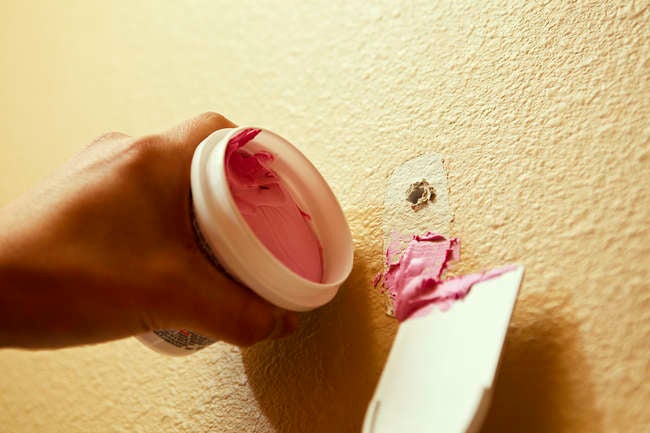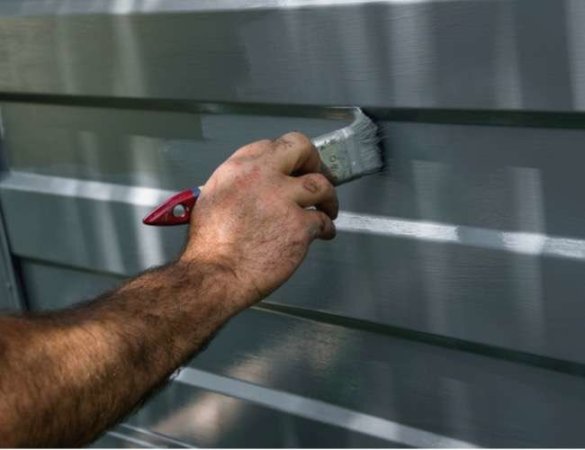We may earn revenue from the products available on this page and participate in affiliate programs. Learn More ›
A Little Effort Can Go a Long Way

With the real estate market as wild as it is these days, home appraisals are more important than ever. Whether it’s to refinance or sell, homeowners want their homes to appraise for as much as possible. Big home improvements and high-dollar purchases might help, but they’re often impractical and difficult to realize a return on right away. What’s a homeowner to do?
The following checklist outlines some easy and relatively inexpensive ways to improve home value before the appraisal process, all without a large investment or a major renovation.
Spruce Up Curb Appeal

Some easy and inexpensive ways to bring your home’s exterior up to snuff include the following DIY tasks:
— Mow the lawn
.
— Pull weeds.
— Freshen up the mulch.
— Patch and paint any cracked concrete surfaces.
— Pressure wash the house.
A quick tip: If you don’t have a green thumb, an easy way to decorate with plants involves mixing outdoor pots with hanging plants. Clip the hanger off the hanging baskets and place them inside the pot. This works well on a porch, along a walkway, or flanking the front steps.
Perform a Deep Clean
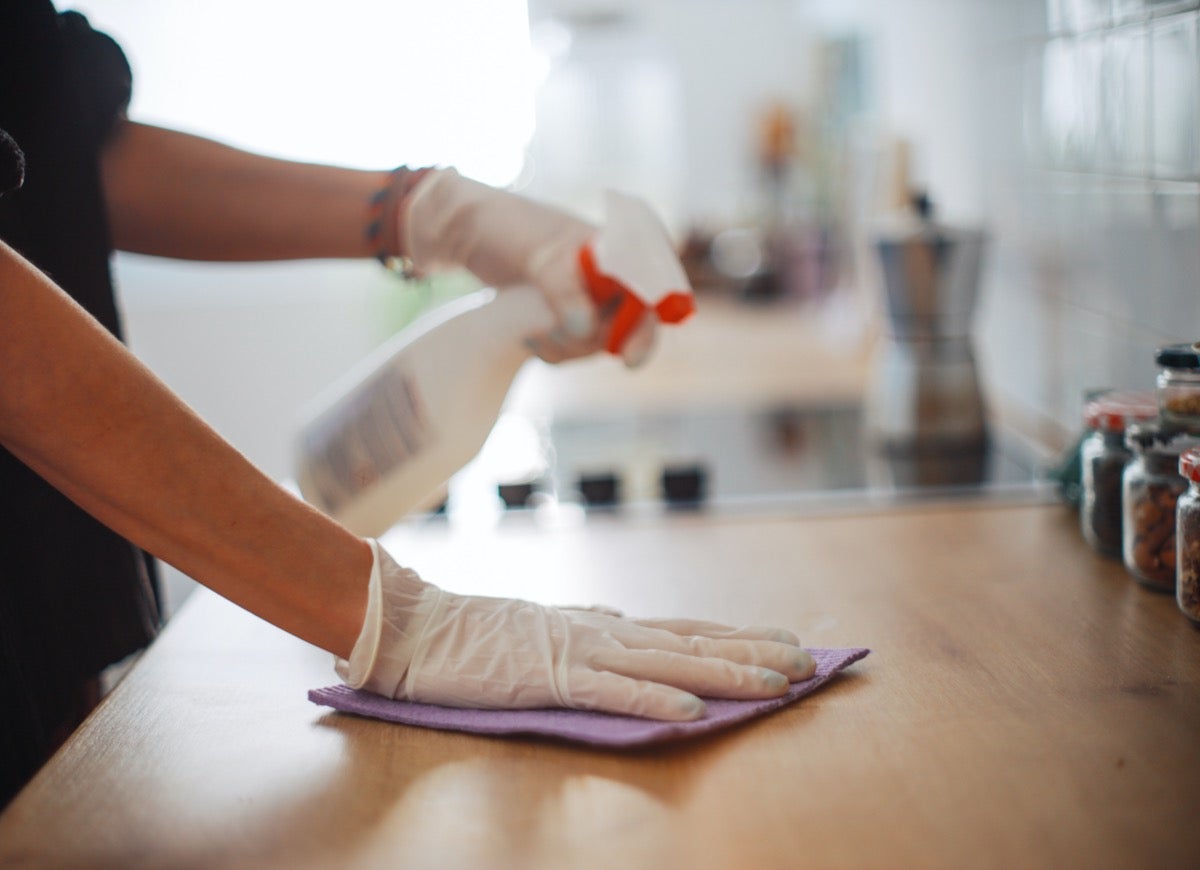
Give the appraiser the right impression by welcoming them into a clean, tidy home. Everyday life has a way of turning sparkling clean, eye-catching surfaces into dull, drab eyesores. Areas like baseboards, corners of the floor, dingy carpets, the space behind the couch, and every surface in a bathroom or kitchen are especially susceptible to this.
Break out the multipurpose cleaner, dust broom, rubber gloves, vacuum, sponges, and buckets; it’s time to get to work. Be sure to dust every surface, clean the windows, wash the floors, and give the appliances a good wipe-down.
Don’t Be Afraid to Declutter

Worry less about a home looking sparse and more about removing distracting clutter. Unused furniture, dust-collecting knick-knacks, stacks of paperwork, and the entire family’s shoes scattered in front of the door aren’t sending the high-value message most homeowners are going for.
Consider holding a yard sale to get rid of the things you aren’t using anymore, or donate these items to a local shelter. For the stuff you absolutely need to keep, designate a space in the garage or basement, or think about renting a storage unit. Getting these extras out of the living space will make the house feel larger, airier, and better kept.
Make Cosmetic Repairs
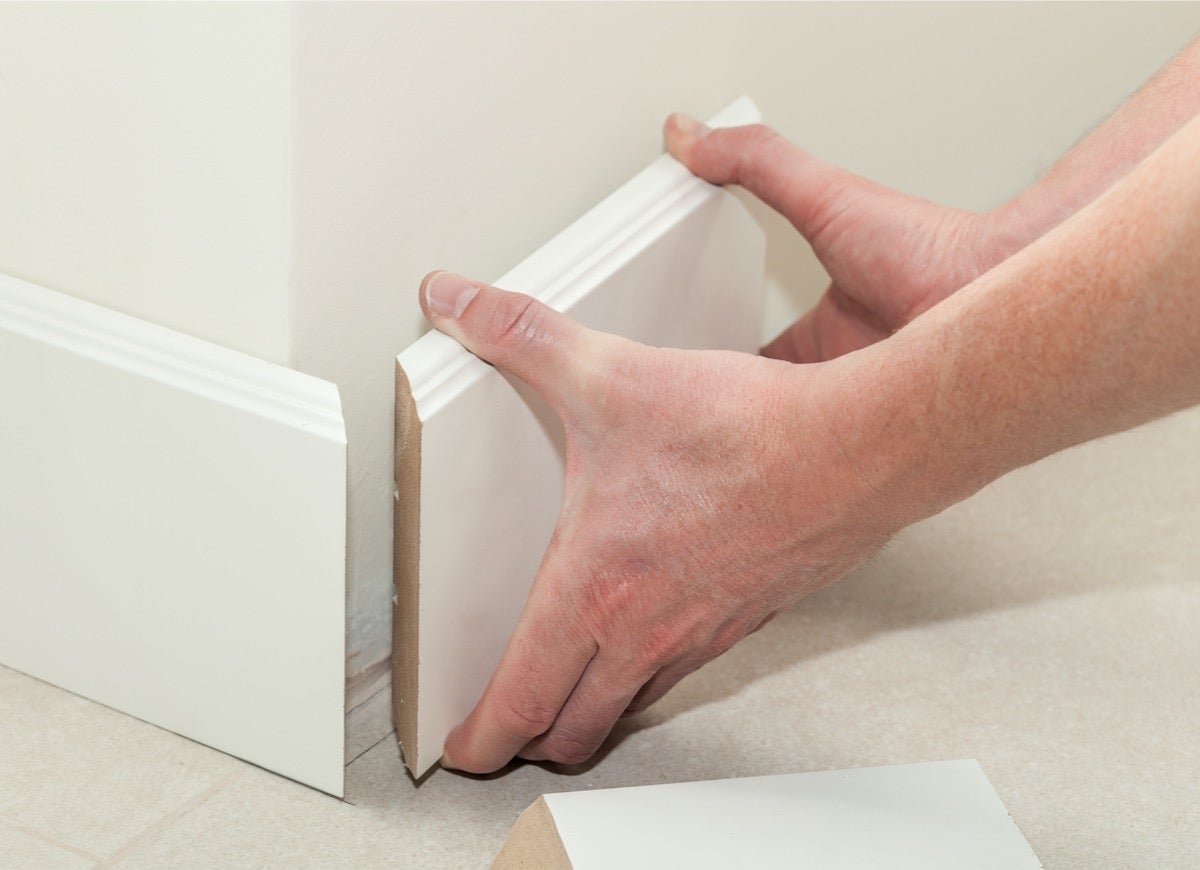
Few things knock a home’s real estate appraisal down from its full potential like cosmetic repairs that are left undone. Holes in walls from sibling rivalries, missing pieces of baseboard trim, unfinished projects, and askew cabinet doors are just a few potential issues that should be fixed.
A good rule of thumb: Make any repairs that will cost less than $500. Home appraisers will often knock value off the home in $500 increments, so a broken cabinet, a hole in the wall, and a missing piece of trim can take $1,500 off the value. If the repairs will cost less than that, they’re worth doing.
Break Out the Paint Brush
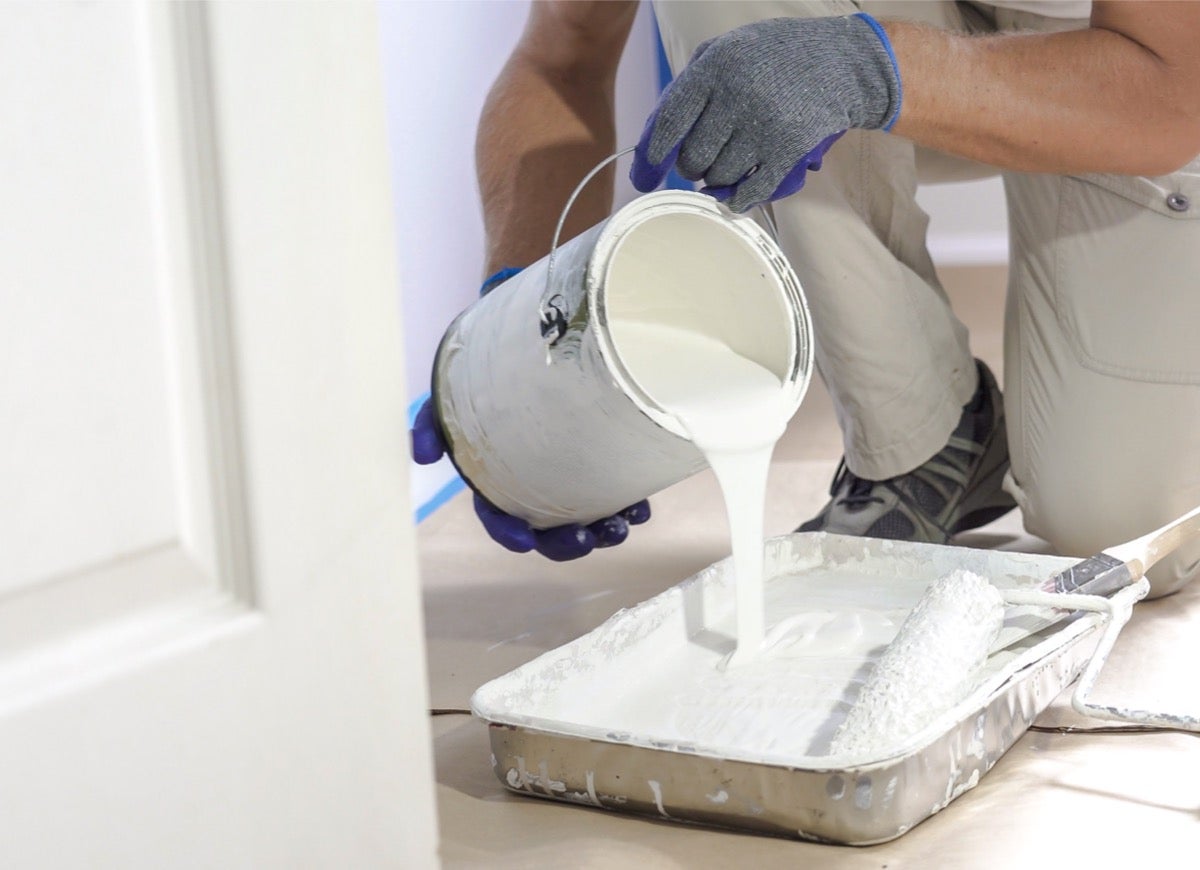
Along with making cosmetic repairs, consider putting a fresh coat of paint on dingy-looking surfaces. Walls, ceilings, cabinets, and other painted surfaces may benefit from a touch-up.
Here’s the thing about painting before an appraisal: Be conservative. Use neutral paint colors and avoid any fancy patterns. Niche touches require a specific type of buyer, which could lower the appraisal’s value. Even if they don’t lower the overall value, expressive painted walls could mean more time on the market.
Replace Worn Hardware
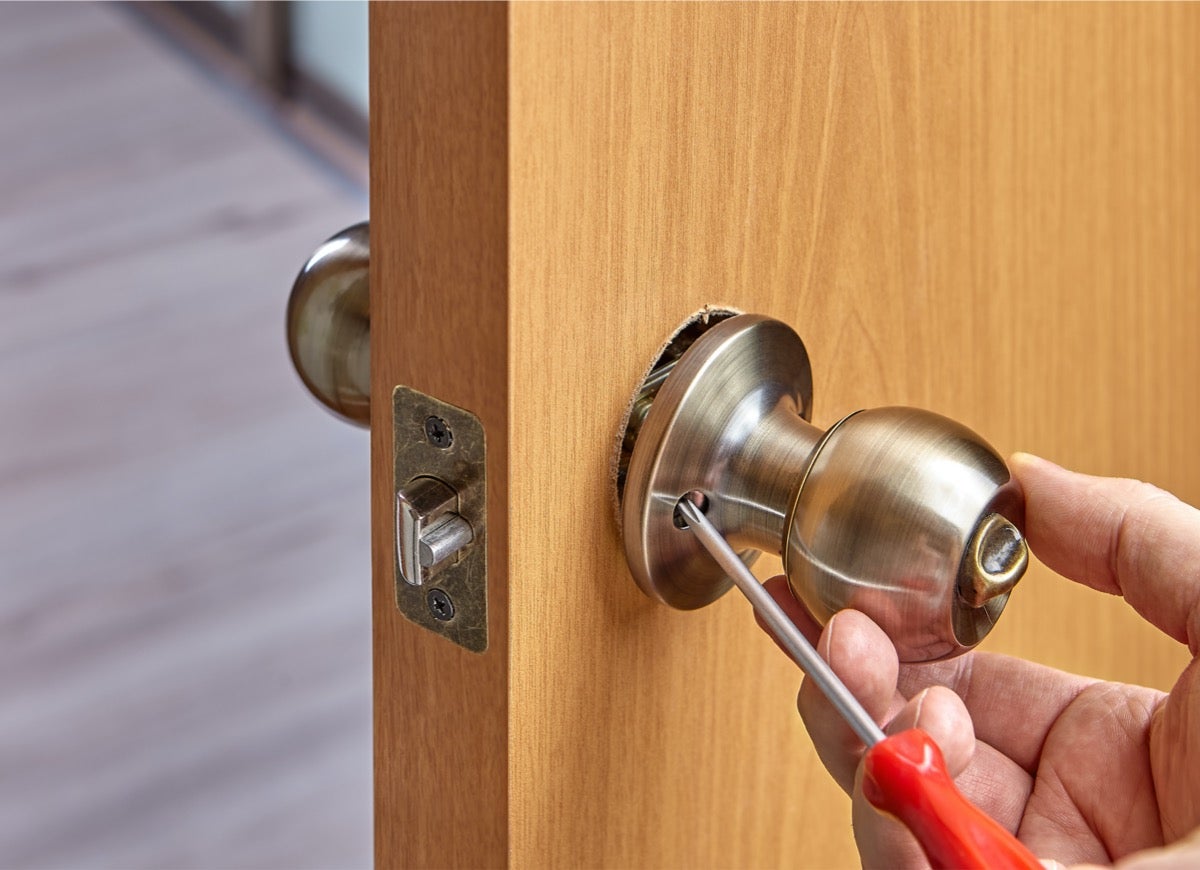
Antique hardware in old farmhouses and Victorians might be a quaint original touch, but dated and dirty hardware in a modern home is not as desirable. It’s worth taking time to consider these essential fixtures and ensure that all of the doorknobs in the home match and work properly.
A bit of spray lubricant in the mechanism can help sticking latches and quiet squeaky hinges. Check that all of the windows lock and latch properly, as well. Matching hardware looks sleek and sorted, and proper function gives the home a well-cared-for feeling.
Update Your Lighting
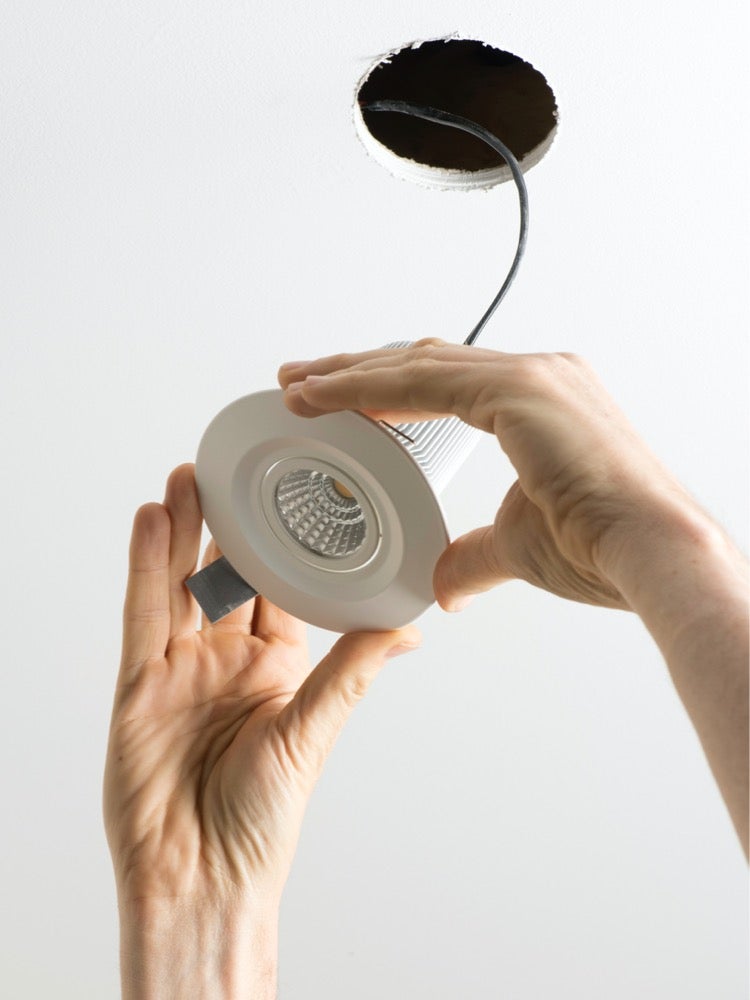
Real estate appraisals are based on comps, neighborhoods, improvements, and obviously, impressions. Present your home in the right light by, well, presenting it in the right light.
Many 30- or 40-year-old homes can benefit from updated lighting fixtures. The chandelier over the stairs or dining room table, original sconces in bedrooms, and builder-basic domed hallway lights are some of the most common culprits of dated lighting. Not only will upgrading these fixtures improve the home’s style, but they are probably more efficient than the lights that were there when you moved in.
Restore the Floorplan

Families evolve and their needs change. While knocking down a non-load-bearing wall to create one large bedroom out of two smaller ones often makes sense, it’s not a good idea to have fewer bedrooms when the appraiser shows up.
If the deed claims the home has three bedrooms but a renovation made it a two-bedroom home, the value will likely be lower. The square footage hasn’t changed, but the practical capacity has been altered. If that’s the case, consider replacing the wall to recreate the original two rooms and keep the appraisal value from taking a hit.
Bring in Some Fresh Decor

When a new home hits the real estate market, the owner will often bring a “stager” in to decorate the place to its full potential. Take the same approach before the appraisal.
Consider hanging bright new curtains and bringing in some new houseplants. New throw pillows can disguise a couch’s age. A throw rug can change the entire look of a room. Touches like this can give the appraiser the impression that the home is well-kept—the fresh air and ambience that houseplants create is a bonus, too.
Give Pest Control Some Thought

One thing that might send an appraiser running is evidence that your home has a pest infestation. Carpenter ants, termites, and rodents are likely to knock some dollar signs off the appraisal value. Even if it’s not an infestation, a pest control company can create a barrier that keeps those bugs and critters from getting into the home and showing up during the appraisal.
Make Safety a Priority
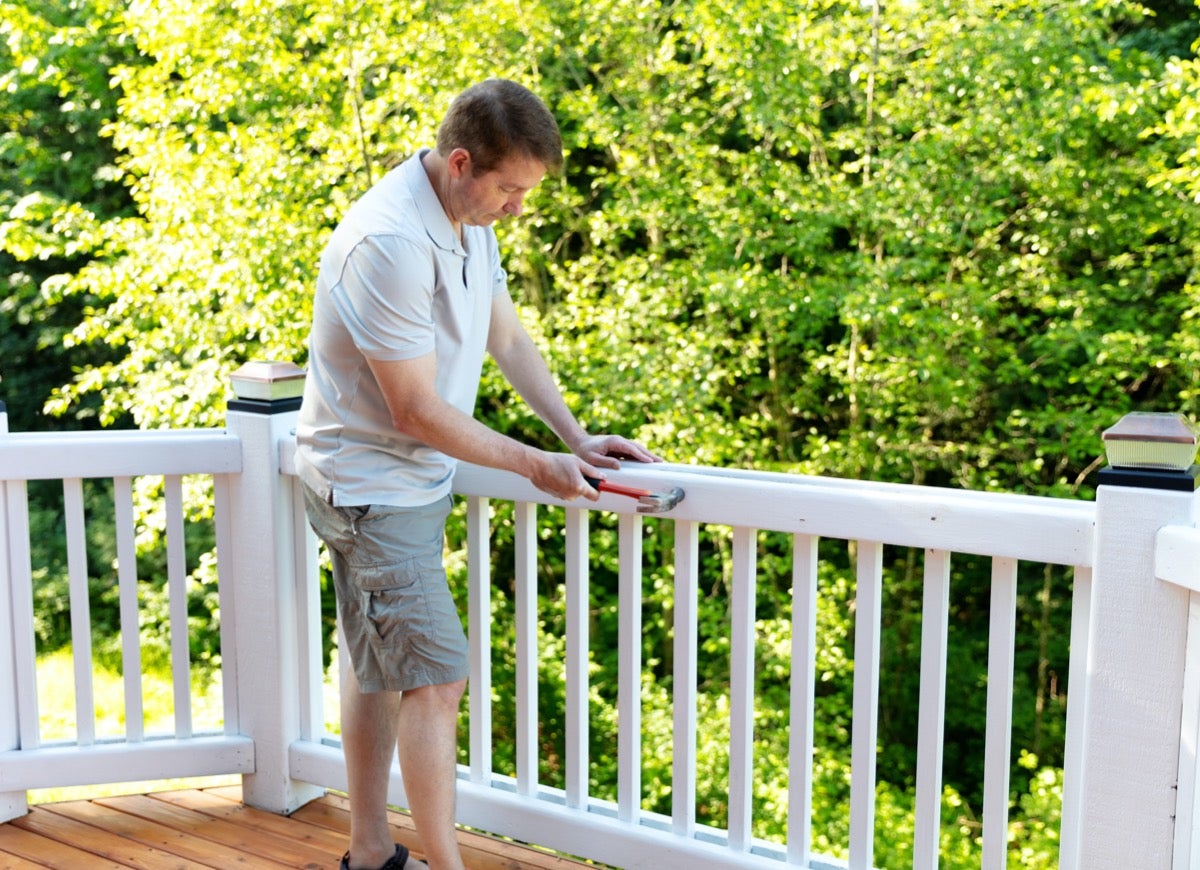
A major issue some homeowners face during the appraisal process regards safety. Ensuring that handrails, balusters, and deck railings are in proper condition is important.
If those items aren’t up to snuff, a new homeowner has no choice but to fix them before the bank’s inspection. For that reason, the cost to repair them will come off the appraised value, so do what it takes to make them safe before appraisal day.
Do Your Homework

Ultimately, getting the most value during appraisal isn’t always about hammers, nails, and paint brushes. Homeowners benefit from doing their homework, as well.
First, put together a list of the recent improvements made to the home. Next, compare your home to comps in the neighborhood. Remember that the selling price is what matters, not so much the listing price. Comparing recently sold houses that are similar in size will provide a reasonable benchmark to discuss with the appraiser.







